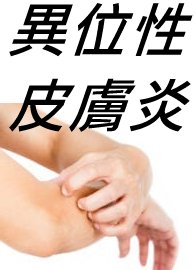| title | Wenbing Tiaobian |
| or | Detailed Analysis of Warm Diseases |
This book is one of the important representative works on warm diseases, consisting of six volumes. It was written by Wu Tang during the Qing Dynasty and completed in the third year of the Jiaqing reign (1798), taking a total of six years to finish. After its publication, it was highly regarded by medical practitioners, leading to over fifty reprints and editions. It also received commentaries from scholars such as Wang Meng-ying and Ye Lin, and was adapted into simplified versions with mnemonic rhymes. Modern textbooks on warm diseases frequently reference this work.
Wenbing Tiaobian is a masterpiece by Wu Tang, summarizing his years of research and clinical experience in warm diseases. The book primarily employs the triple energizer pattern differentiation as its framework, systematically explaining the diagnosis and treatment of warm diseases throughout their progression. It also integrates Zhang Zhongjing's six-meridian pattern differentiation, Liu Hejian's theory of warm febrile disease mechanisms, Ye Tian-shi's Weiqi nutrient-blood pattern differentiation, and Wu You-ke'sWenyi Lun, among other theories. The analysis is meticulous, the disease mechanisms are clearly explained, and the treatments are well-formulated. For example, the book summarizes methods such as clearing the collaterals, clearing the nutrient level, and nourishing yin, which are actually an enhancement of Ye Tian-shi's scattered methods of clearing heat and nourishing yin found in medical case records. It categorizes Lonicera and Forsythia Powder as a pungent-cool and moderate formula, Mulberry Leaf and Chrysanthemum Decoction as a pungent-cool and mild formula, and White Tiger Decoction as a pungent-cool and drastic formula, providing a clear and systematic approach to prescribing medications for qi aspect disorders. Ye Tian-shi's empirical formulas, when adapted by Wu Tang, became renowned prescriptions such as Mulberry Leaf and Chrysanthemum Decoction, Palace-Clearing Decoction, and Coptis and Plum Decoction. This demonstrates that Wu Tang did not merely compile this book; rather, it is a work of profound academic and theoretical refinement.






